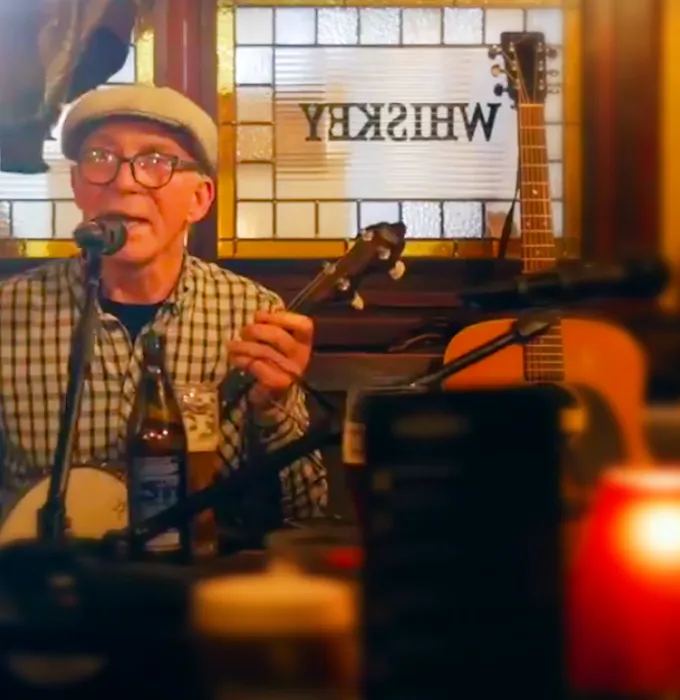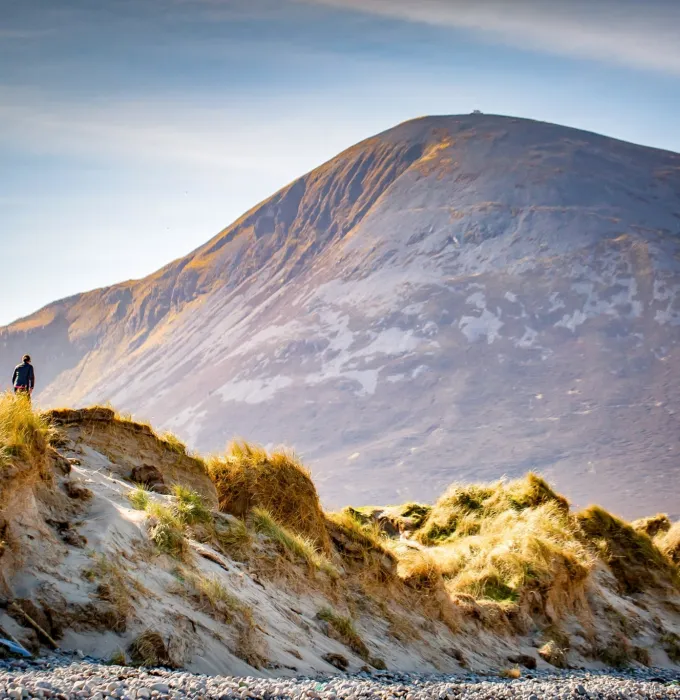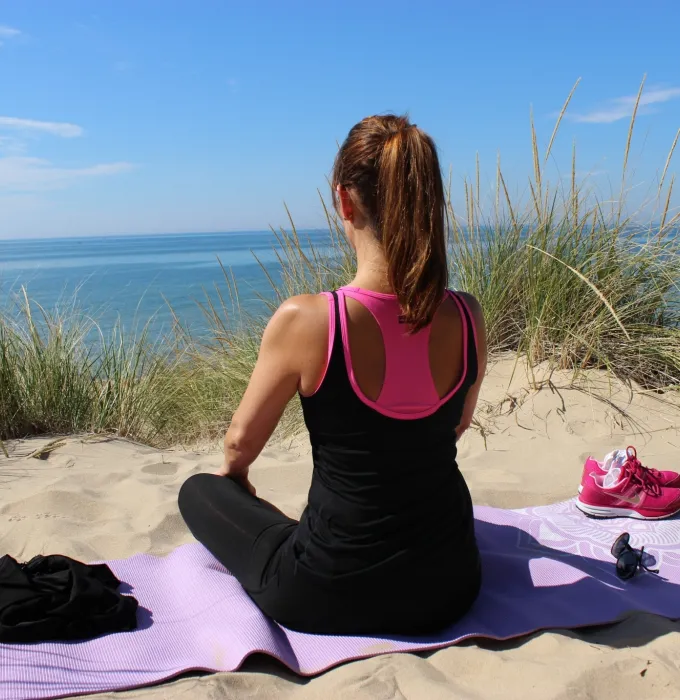Okay, so we all know that Saint Patrick spent 40 days fasting on Croagh Patrick, that it’s a special place of pilgrimage and that its impossibly symmetrical ‘cone’ looks like a big purplish pyramid guarding Clew Bay.
But did you know that it has witnessed gory Indiana Jones-like rituals? Or that it had a different name before the Christians moved in? Or that it holds hidden treasure?
No? Well, prepare to be amazed.















